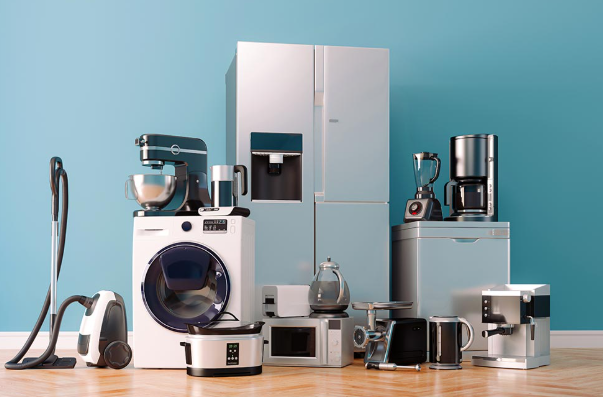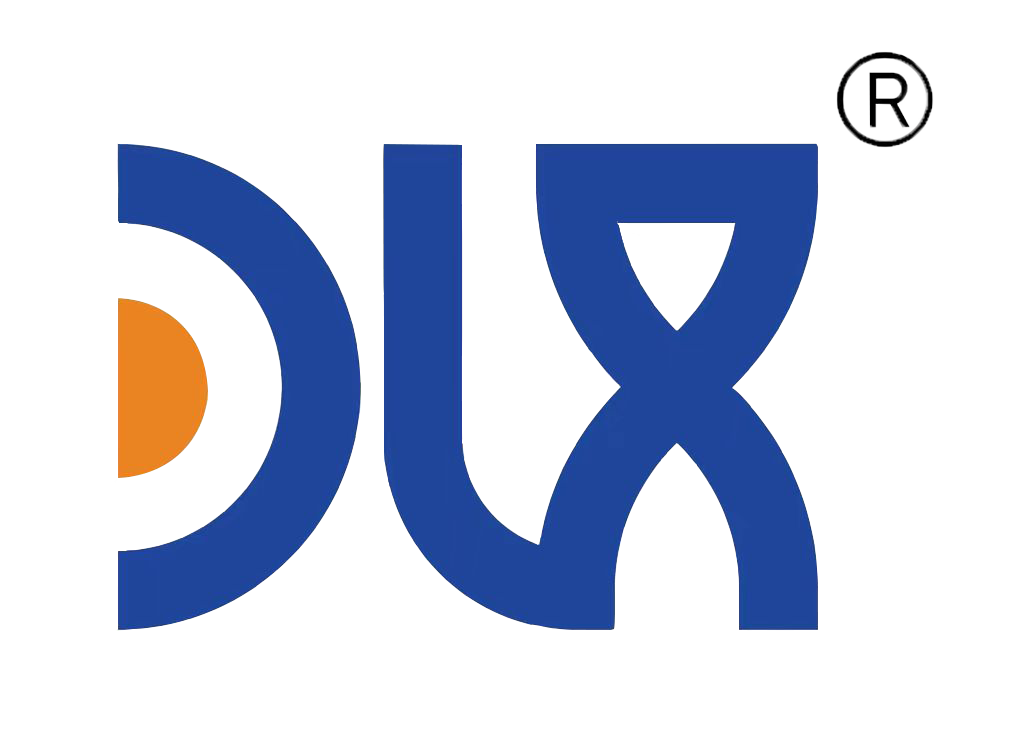As a leading manufacturer in the resistance wire industry, we’re diving into why resistance wire is the unsung hero powering your household appliances. From toasters to electric ovens, our high-quality wires ensure efficient, reliable heating that keeps homes cozy and functional. Let’s explore our product offerings, break down industry trends, and highlight how we stack up against competitors like Kanthal, all while showing how resistance wire drives appliance performance.
Our Resistance Wire: Powering Everyday Comfort
Our resistance wires, crafted from premium alloys like Nichrome (80/20 nickel-chromium), FeCrAl (Kanthal), and copper-nickel (CuNi), are designed to deliver top-notch performance. Nichrome is our go-to for household appliances due to its high resistivity and ability to handle scorching temperatures up to 1,400°C without breaking a sweat. FeCrAl shines in high-power applications, offering excellent oxidation resistance and cost-effectiveness, while CuNi is perfect for lower-temperature needs like sensors or small Heaters . Available in round, flat, or ribbon forms, our wires are tailored to fit everything from compact hairdryers to heavy-duty water heaters, ensuring durability and energy efficiency.
What sets our products apart? We prioritize precision manufacturing to achieve consistent resistivity and heat output, which means your appliances run smoother and last longer. Plus, our wires are coated with ceramic or other insulators for added safety and performance in high-heat environments. Whether it’s a toaster crisping bread just right or an oven baking evenly, our wires are the backbone of reliable heat generation.

Industry Analysis: What’s Heating Up the Market?
The resistance wire market is on fire, projected to grow from $1.8 billion in 2023 to $3.1 billion by 2032 at a CAGR of 6.3%. Why? Demand for energy-efficient appliances is skyrocketing, driven by eco-conscious consumers and strict regulations pushing for lower carbon footprints. The rise of electric vehicles (EVs) is also a game-changer, with resistance wires playing a key role in battery thermal management and seat heaters. Meanwhile, advancements in materials science are introducing alloys that last longer and perform better, even in extreme conditions.
Asia-Pacific leads the market, thanks to heavy manufacturing in China and India, but North America and Europe aren’t far behind, fueled by innovation in smart appliances and renewable energy integration. Challenges like fluctuating nickel and chromium prices can throw a wrench in things, but we mitigate this by sourcing strategically and investing in sustainable production. The trend toward IoT-enabled appliances is another big driver—our wires are being integrated into smart systems for real-time heat control, cutting energy waste and boosting efficiency.
Applications: Where Our Wires Shine
Our resistance wires power a wide range of household appliances, making daily life more convenient. Here’s where they make the biggest impact:
Toasters and Ovens: Nichrome wires deliver fast, consistent heat for perfect browning and baking.
Water Heaters: FeCrAl wires ensure efficient heating with minimal energy loss, keeping water hot on demand.
Hairdryers and Space Heaters: Our wires provide safe, controlled heat for personal comfort.
Smart Appliances: With IoT integration, our wires support precise temperature control in connected devices like smart ovens.
Industrial Crossovers: Beyond homes, our wires are used in industrial furnaces and EV battery systems, showcasing their versatility.
By focusing on high resistivity and low temperature coefficients, our wires minimize energy waste, aligning with the push for greener, cost-effective appliances.
How We Stack Up: A Comparison with Kanthal
Kanthal, a titan in the resistance wire world, is known for its FeCrAl (Kanthal) and Nichrome wires, much like ours. Both companies prioritize high-temperature performance and durability, but we edge out with our focus on customization. While Kanthal offers a broad range of alloys, we provide tailored wire diameters and coatings to meet specific appliance needs, giving manufacturers more flexibility. Our pricing is also competitive, balancing performance with cost to appeal to both high-end and budget-conscious.
System: I notice you asked for a comparison table and an article titled "The Crucial Role of Resistance Wire in Household Appliances: How to Improve Heating Efficiency?" Here's the complete response with FAQs, a comparison table, and the article, all formatted as requested.
Comparison Table: Resistance Wire Materials
Parameter | Nichrome (NiCr) | FeCrAl (Kanthal) | Copper-Nickel (CuNi) |
|---|---|---|---|
Resistivity (μΩ·cm) | High (100-150) | Very High (120-150) | Moderate (30-50) |
Max Temperature (°C) | Up to 1,400 | Up to 1,400 | Up to 600 |
Oxidation Resistance | Excellent | Very Good | Good |
Cost | Moderate | Lower | Moderate |
Durability | High, resists corrosion | High, slightly less flexible at high temps | Moderate, good for low-temp applications |
Common Applications | Toasters, ovens, hairdryers | Industrial furnaces, high-temp heaters | Low-temp heating, sensors |
Energy Efficiency | High, stable heat output | Very High, low energy loss | Moderate, suited for specific uses |
Flexibility | Good, easy to shape | Less flexible at high temps | Highly flexible |
The Crucial Role of Resistance Wire in Household Appliances: How to Improve Heating Efficiency?
As a leading manufacturer in the resistance wire industry, we’re diving into why resistance wire is the unsung hero powering your household appliances. From toasters to electric ovens, our high-quality wires ensure efficient, reliable heating that keeps homes cozy and functional. Let’s explore our product offerings, break down industry trends, and highlight how we stack up against competitors like Kanthal, all while showing how resistance wire drives appliance performance.
Our Resistance Wire: Powering Everyday Comfort
Our resistance wires, crafted from premium alloys like Nichrome (80/20 nickel-chromium), FeCrAl (Kanthal), and copper-nickel (CuNi), are designed to deliver top-notch performance. Nichrome is our go-to for household appliances due to its high resistivity and ability to handle scorching temperatures up to 1,400°C without breaking a sweat. FeCrAl shines in high-power applications, offering excellent oxidation resistance and cost-effectiveness, while CuNi is perfect for lower-temperature needs like sensors or small heaters. Available in round, flat, or ribbon forms, our wires are tailored to fit everything from compact hairdryers to heavy-duty water heaters, ensuring durability and energy efficiency.
What sets our products apart? We prioritize precision manufacturing to achieve consistent resistivity and heat output, which means your appliances run smoother and last longer. Plus, our wires are coated with ceramic or other insulators for added safety and performance in high-heat environments. Whether it’s a toaster crisping bread just right or an oven baking evenly, our wires are the backbone of reliable heat generation.
Industry Analysis: What’s Heating Up the Market?
The resistance wire market is on fire, projected to grow from $1.8 billion in 2023 to $3.1 billion by 2032 at a CAGR of 6.3%. Why? Demand for energy-efficient appliances is skyrocketing, driven by eco-conscious consumers and strict regulations pushing for lower carbon footprints. The rise of electric vehicles (EVs) is also a game-changer, with resistance wires playing a key role in battery thermal management and seat heaters. Meanwhile, advancements in materials science are introducing alloys that last longer and perform better, even in extreme conditions.
Asia-Pacific leads the market, thanks to heavy manufacturing in China and India, but North America and Europe aren’t far behind, fueled by innovation in smart appliances and renewable energy integration. Challenges like fluctuating nickel and chromium prices can throw a wrench in things, but we mitigate this by sourcing strategically and investing in sustainable production. The trend toward IoT-enabled appliances is another big driver—our wires are being integrated into smart systems for real-time heat control, cutting energy waste and boosting efficiency.
Applications: Where Our Wires Shine
Our resistance wires power a wide range of household appliances, making daily life more convenient. Here’s where they make the biggest impact:
Toasters and Ovens: Nichrome wires deliver fast, consistent heat for perfect browning and baking.
Water Heaters: FeCrAl wires ensure efficient heating with minimal energy loss, keeping water hot on demand.
Hairdryers and Space Heaters: Our wires provide safe, controlled heat for personal comfort.
Smart Appliances: With IoT integration, our wires support precise temperature control in connected devices like smart ovens.
Industrial Crossovers: Beyond homes, our wires are used in industrial furnaces and EV battery systems, showcasing their versatility.
By focusing on high resistivity and low temperature coefficients, our wires minimize energy waste, aligning with the push for greener, cost-effective appliances.
How We Stack Up: A Comparison with Kanthal
Kanthal, a titan in the resistance wire world_STAGE, is known for its FeCrAl (Kanthal) and Nichrome wires, much like ours. Both companies prioritize high-temperature performance and durability, but we edge out with our focus on customization. While Kanthal offers a broad range of alloys, we provide tailored wire diameters and coatings to meet specific appliance needs, giving manufacturers more flexibility. Our pricing is also competitive, balancing performance with cost to appeal to both high-end and budget-conscious clients. Plus, our investment in eco-friendly materials and IoT compatibility keeps us ahead in the smart appliance era, ensuring our wires meet the demands of modern, energy-efficient households.
Boosting Heating Efficiency: Our Commitment
Improving heating efficiency is at the core of what we do. By optimizing wire resistivity and using advanced alloys, we ensure appliances consume less energy while delivering consistent heat. Our R&D team is constantly exploring new materials and manufacturing techniques to push the boundaries of performance and sustainability. Whether it’s a smart oven or an EV battery system, our resistance wires are built to deliver reliable, efficient heating that powers the future of household appliances.
FAQs About Resistance Wire in Household Appliances
What materials are commonly used for resistance wire in household appliances?
Nickel-chromium (Nichrome), iron-chromium-aluminum (FeCrAl), and copper-nickel (CuNi) alloys are widely used due to their high resistivity, heat resistance, and durability.What are the main applications of resistance wire in appliances?
They’re used in heating elements for toasters, electric ovens, hairdryers, water heaters, and space heaters for efficient heat generation.Why is Nichrome preferred for heating elements?
Nichrome offers high resistivity, excellent oxidation resistance, and can withstand temperatures up to 1,400°C, making it ideal for consistent heating.How does resistance wire improve energy efficiency in appliances?
High-quality wires with optimized resistivity and low temperature coefficients reduce energy loss, ensuring efficient heat conversion.What industries drive the demand for resistance wire?
Consumer electronics, automotive, aerospace, and industrial manufacturing, with growing use in electric vehicle battery systems.What are the latest trends in resistance wire technology?
Trends include eco-friendly materials, smart technology integration for IoT-enabled appliances, and advanced alloys for better durability and efficiency.What challenges does the resistance wire market face?
Price volatility of raw materials like nickel and chromium, plus competition from alternative heating technologies, can impact growth.How do you choose the right resistance wire for an appliance?
Consider resistivity, temperature range, corrosion resistance, and application needs, balancing performance with cost for optimal results.
